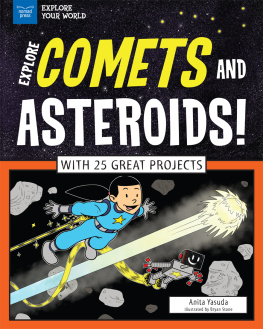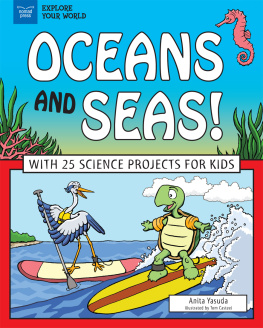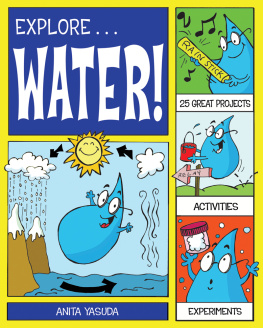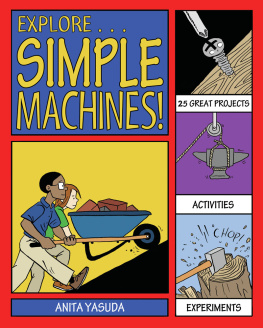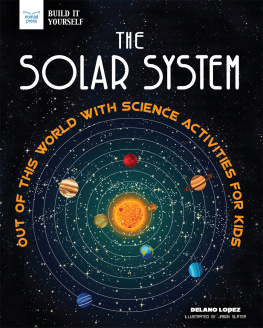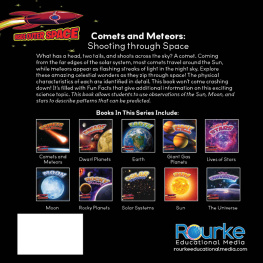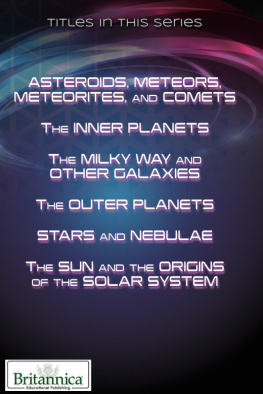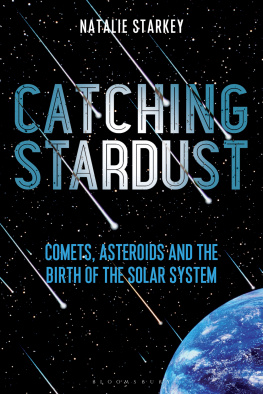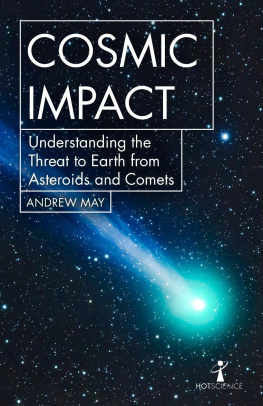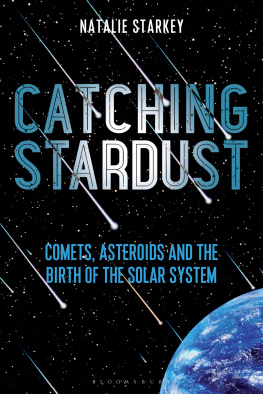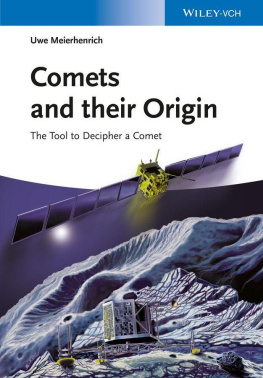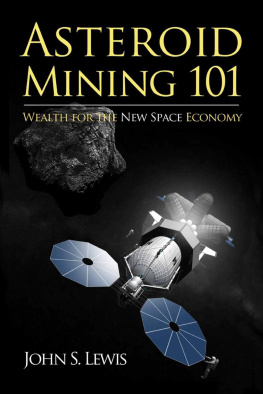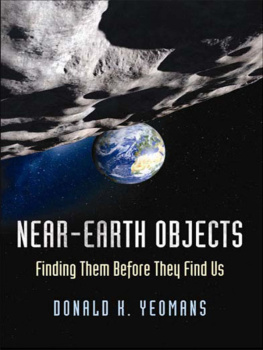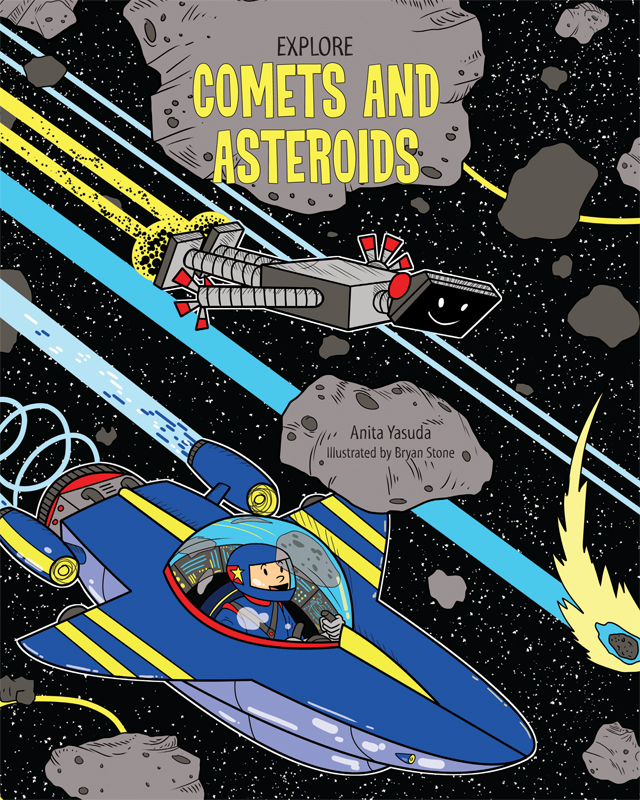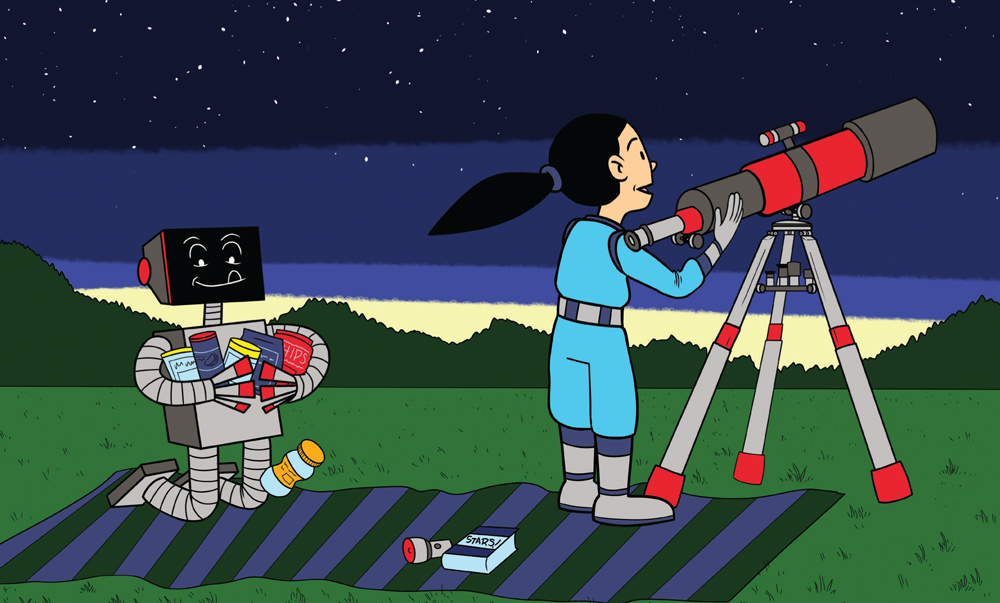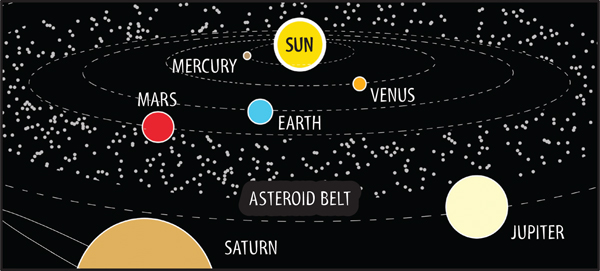Anita Yasuda - Explore Comets and Asteroids!: With 25 Great Projects
Here you can read online Anita Yasuda - Explore Comets and Asteroids!: With 25 Great Projects full text of the book (entire story) in english for free. Download pdf and epub, get meaning, cover and reviews about this ebook. year: 2017, publisher: Nomad Press, genre: Children. Description of the work, (preface) as well as reviews are available. Best literature library LitArk.com created for fans of good reading and offers a wide selection of genres:
Romance novel
Science fiction
Adventure
Detective
Science
History
Home and family
Prose
Art
Politics
Computer
Non-fiction
Religion
Business
Children
Humor
Choose a favorite category and find really read worthwhile books. Enjoy immersion in the world of imagination, feel the emotions of the characters or learn something new for yourself, make an fascinating discovery.
- Book:Explore Comets and Asteroids!: With 25 Great Projects
- Author:
- Publisher:Nomad Press
- Genre:
- Year:2017
- Rating:4 / 5
- Favourites:Add to favourites
- Your mark:
Explore Comets and Asteroids!: With 25 Great Projects: summary, description and annotation
We offer to read an annotation, description, summary or preface (depends on what the author of the book "Explore Comets and Asteroids!: With 25 Great Projects" wrote himself). If you haven't found the necessary information about the book — write in the comments, we will try to find it.
Have you ever wished on a shooting star? Shooting stars often appear when the earth passes through the dust and debris left by a passing comet. Explore Comets and Asteroids! With 25 Amazing Projects takes readers ages 7 to 10 on a fantastic journey through space, where they investigate comets, asteroids, and lesser-known space wonders through 25 experiments and activities designed for curious kids.
Readers learn about everything from the first asteroid discovered to many current spacecraft missions. They also investigate famous comets, such Halleys comet, which returns faithfully every 75 or 76 years.
Learning about comets and asteroids means asking lots of questions. Could we live and work on asteroids? Why do we only occasionally see comets? Kids find the answers and more through hands-on projects and experiments that encourage them to be curious about how and why things work. Activities range from mapping the positions of celestial objects to designing spacecraft for asteroid missions. By combining science with activities, fun facts, and cartoons, kids will investigate, create, design, test, and redesign. Explore Comets and Asteroids! inspires kids to want to know more about how these rocky worlds formed and how they may have shaped life on Earth.
Anita Yasuda: author's other books
Who wrote Explore Comets and Asteroids!: With 25 Great Projects? Find out the surname, the name of the author of the book and a list of all author's works by series.

